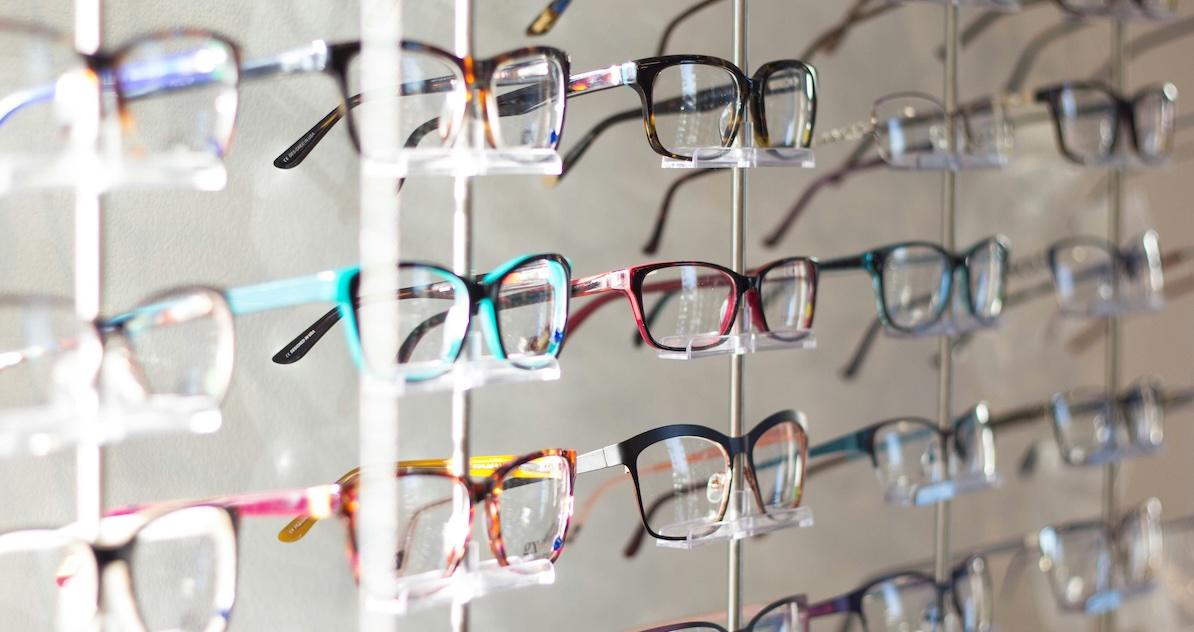The Role of Prescription Glasses in Medicinal History
Recent studies suggest that over 63% of Americans will require a vision aid after age 18.
Published Jan. 3 2025, 4:28 p.m. ET

Modern society is blessed with many technological breakthroughs and medical marvels that help assuage and circumnavigate the effects of many disabilities. To be born with a disability is a difficulty, but fortunately, it no longer necessarily defines an entire life.
Instead, medical innovations and boundary-pushing inventions can transform the challenges of a disability into unprecedented opportunities for growth. It serves as a powerful showcase for the evolution of modern medicine over the past several centuries. One of the earliest examples of medicine and technology working in tandem to improve the quality of life of those struggling with a disability was prescription glasses.

Today, prescription glasses are so commonplace that you may not even consider them particularly important or boundary-pushing technology. But to overlook or understate the vitality of prescription glasses in enriching the lives of those struggling with a disability would be folly.
For centuries of existence, anyone born with a vision impairment simply had to live with it. Whether the impairment is near-sightedness, far-sightedness, or something else, it wasn’t even possible to identify or diagnose such stigmatisms, much less do anything to improve them. People had to endure such inconveniences until the invention of prescription glasses.
The Origins of Glasses
The history of prescription glasses is ill-defined, as their earliest origins date back to over 800 years ago, according to some sources. One of the earliest known recordings of spectacles being worn on someone's eyes to assist with impeded vision was in Italy in 1284.
Noted Italian inventor Salvino D'Armate apparently forged glasses of glass or crystal that could be utilized with handles attached to the side, not dissimilarly from tools such as binoculars or monocles. While this is the first recorded instance of such an invention in use, it wasn’t until centuries later that spectacles became a widespread, replicated invention.
By the 1700s and 1800s, glasses were everywhere and made out of everything. Materials such as gold, silver, and leather were all used in the production process of eyeglasses during this time. It was the first time such technology was widely available, and obviously, many people struggling to live with vision impairments were eager to acquire it.
This made eyeglasses incredibly valuable, resulting in them serving as a status symbol for those who could get them, with some going so far as to bejewel their glasses to showcase that fact.
Modern Affordability and Accessibility
In the several hundred years since, fortunately, prescription glasses have become much more affordable. While there certainly are bespoke luxury manufacturers whose glasses can still serve as status symbols, glasses are (by and large) much more accessible and affordable for all. This is great, considering that most Americans now require a reading aid of one kind or another, often prescription glasses.

Recent studies suggest that over 63% of Americans will require a vision aid after age 18. In addition to this fraction, over 16% wear contact lenses rather than glasses regularly. In many ways, contact lenses have become the technological successor to prescription glasses. While not eclipsing them, they have provided a valuable alternative for many who find prescription glasses cumbersome.
It is remarkable how far modern medicine has come over several centuries. Where prescription glasses were once viewed as a rarity and a life-altering new invention, they have now become commonplace tools that improve the lives of many world citizens in palpable ways daily. This journey reflects humanity’s relentless pursuit of innovation and profound impact on shaping a healthier, more accessible future for all.
Glasses remain an important part of everyday life for many people.